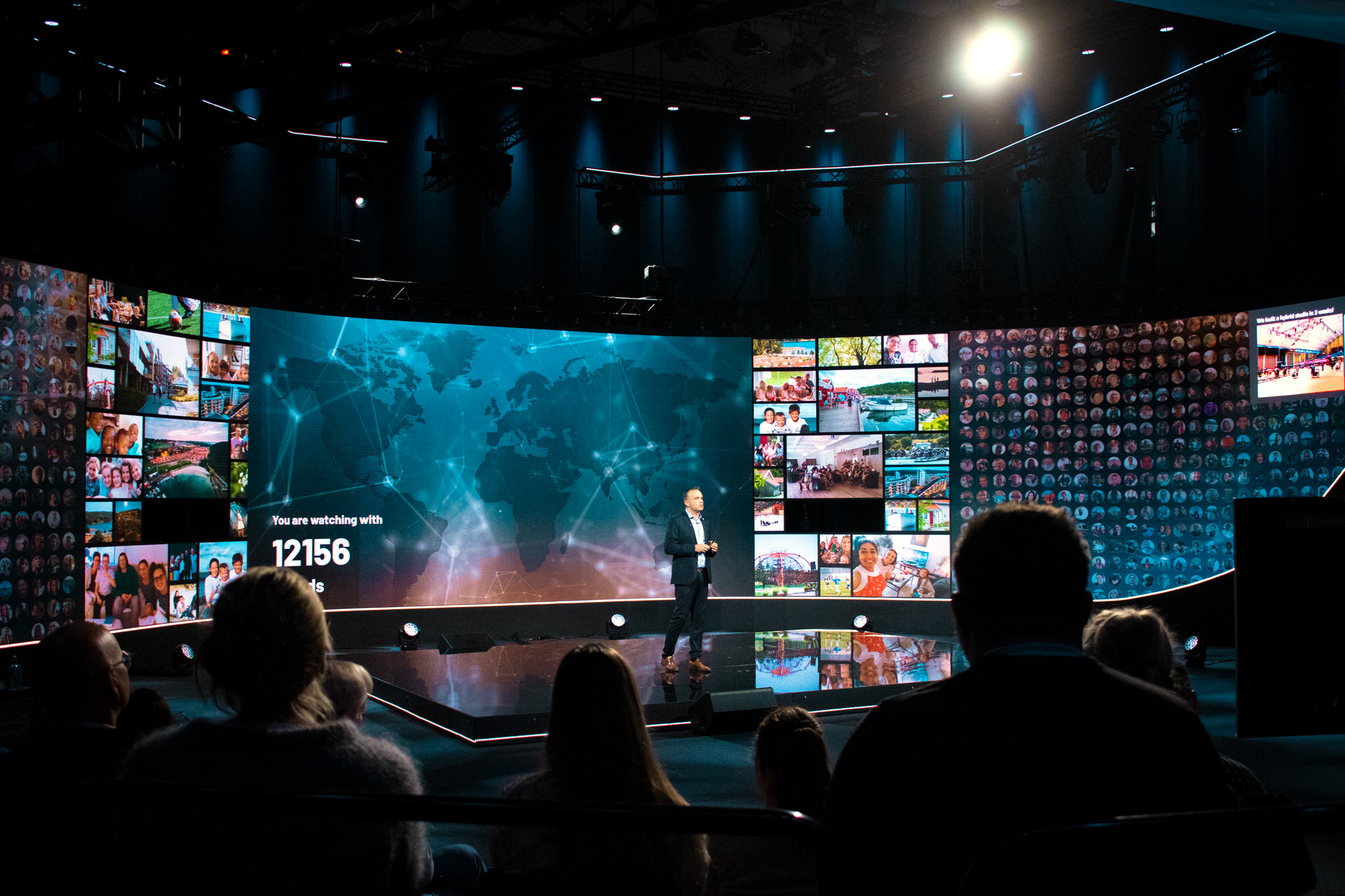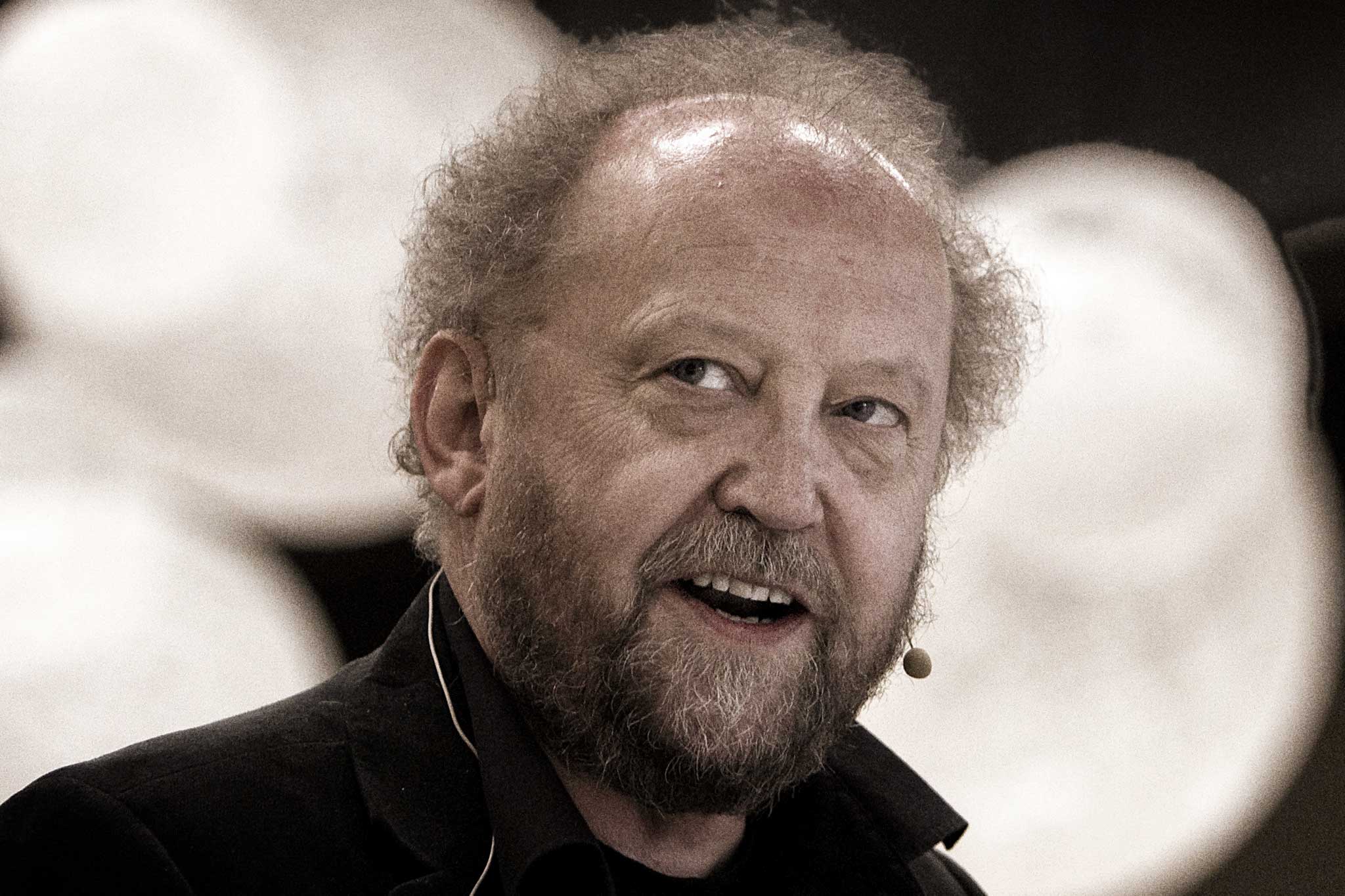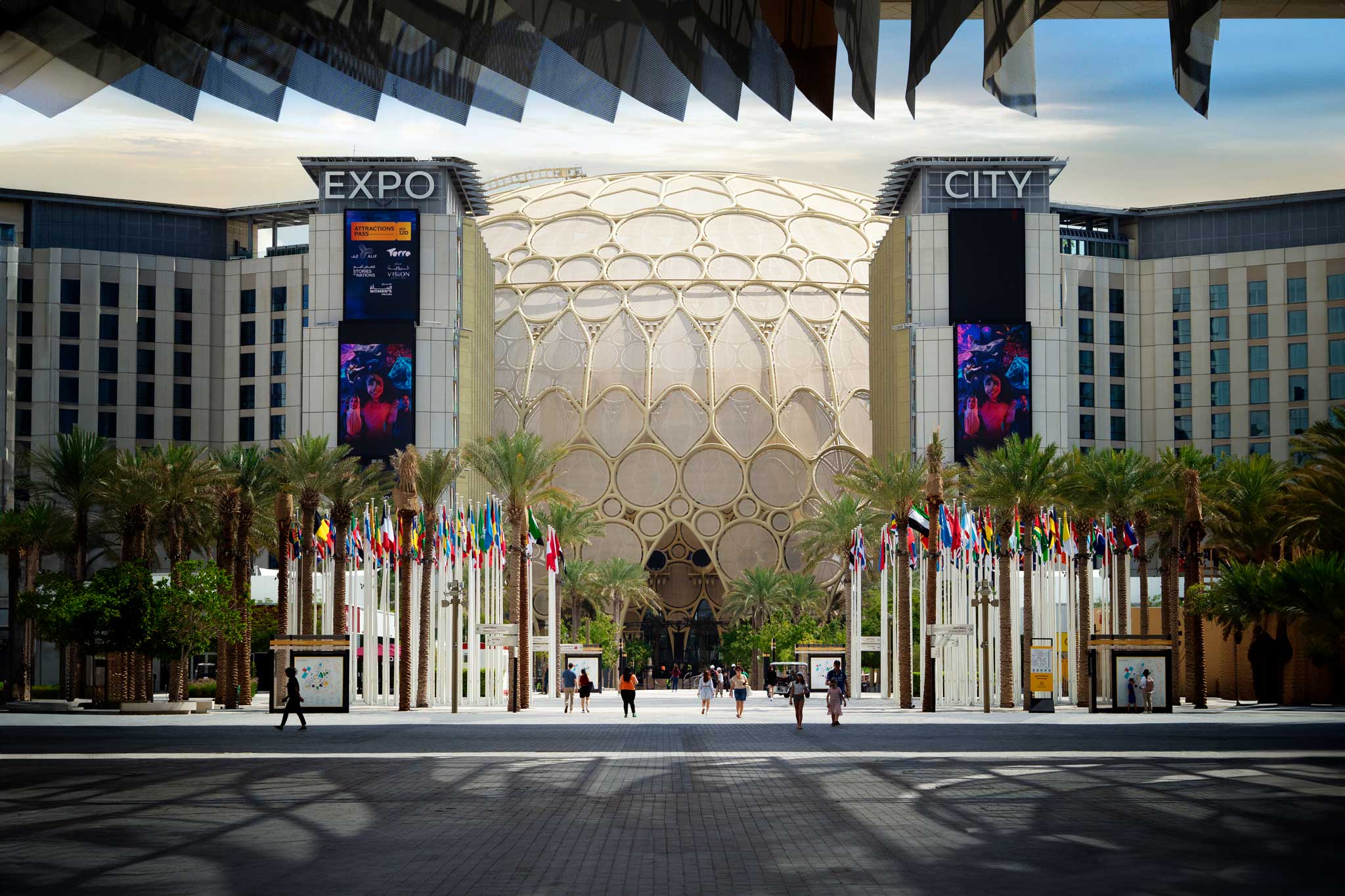Businesses around the world are trying to figure out how they can return from the immense damage inflicted by Covid-19. In an environment where a vaccine is yet to be found, there is extreme uncertainty, making planning very difficult. The shadow of the pandemic will remain even after the vaccine. Consumer behaviour will continue to change.
In the Meeting, Incentive, Convention and Exhibition industry responses will vary. Operations will resume with new protocols. Reactions will range from building retrofit works and technology upgrades to staff reskilling and redesign of processes for agility and resilience. There will be accelerated digital adoption.
Signals of increased demand will likely come suddenly and in clusters. It will require an aggressive ramp-up. Business events venues have a history of slow delivery on technology. Venues that act with urgency on digital initiatives are likely to gain a competitive advantage. Virtual event technology is only one aspect of the digital playbook for these venues.
Technology will be central to every interaction, from marketing and selling to planning and hosting the event. It will facilitate regulatory compliance and enhance the customer experience. Some solutions will even offer revenue growth opportunities. Some of the digital solutions expected from venues include:
- Remote selling and virtual venue tours. Planner access to a virtual version of function rooms with seating configurations, lighting, etcetera.
- Contactless registration and tracing via mobiles and kiosks.
- Live analytics via beacons and mobiles. Venue navigation, heatmaps and crowd management tools to influence visitor journey and social distancing.
- Virtual event solutions. Software plus broadcast studios, and tech crew for prerecorded events and live streaming.
Physical interaction remains powerful. Virtual event technology is not new, yet in-person events have remained endemic. But a digital shift is now inevitable.
Virtual events will not overtake in-person events. Virtual events are peaking in a Covid world. But once Covid passes, a modest share will opt for virtual-only mode. The vast majority will return as in-person or hybrid events where virtual complement physical. But a major delay in a vaccine could swing more events to virtual-only mode. Virtual and hybrid events extend the audience reach and content offer.
Ticketed events like sports and entertainment have good experience with hybrid events. But the Meeting, Incentive, Convention and Exhibition industry is in digital infancy. It will take time to optimise it.
Economics and the sustainability agenda will also influence the demand for the hybrid. Venues that offer all three options, in-person event, hybrid event, and virtual event, will likely have the edge over rivals. Once venues invest in technology for hybrid events, they will have the technology infrastructure to offer to those who want it for virtual-only meetings. Almost all of us have participated in a virtual event when joining an online webinar or video conference. But these are short single sessions.
As we progress to full or multi-day conferences and exhibitions, the level of complexity rises. These are built around a live, complex agenda with keynotes, breakouts, displays, and more. They include real-time content, on-demand content, networking, 3D virtual booths, and more. Virtual event software offering this experience for conventions is limited, and even more, limited for exhibitions.
Engaging with a virtual audience is not easy. The audience has a limited attention span and varying levels of interest. They expect to see more than a speaker’s face and a powerpoint. They expect a quality simulation of the live event, akin to a TV show production. Virtual event software on its own is often not enough.
Content is key. But delivery is also important. Delivering a professional quality virtual webcasting or live-stream event requires a studio set up with broadcast technology. It needs professional staging and production crew.
The initial cost of virtual events can be high with issues monetising it. But as virtual events mature the cost of access and pervasiveness will improve. The virtual experience may be enhanced with immersive virtual reality, augmented reality, holographic teleconferencing, gamification, and more.
Oslofjord Convention Centre in Norway is one of the early adopters in this space offering hybrid event options well before Covid-19. It boasts a 360-degree broadcast TV studio, 120m LED screen, advanced AV, lighting and in-house production crew. It can support up to 3,000 live streams and 10,000 viewers. Also, Sands Expo and Convention Centre in Singapore has launched a hybrid event broadcast studio with live-streaming capabilities including 3D stage and holograms seen as a first for the meetings industry.
To keep up during Covid-19, companies have moved fast. Speed will continue to be of the essence. Along with our optimism for a vaccine, we have to be conscious of the downside risk that effective vaccination may not be achieved until late 2021. Can we afford to wait? Urgent action is not without blind spots and unknowns, but the price of waiting may be far greater.
By Rod Kamleshwaren, Gaining Edge.





